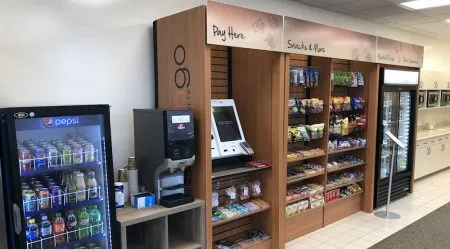Published • 28 Aug 2018
Jumping into micro markets for the first time can be challenging. From managing the increase in SKU’s, adjusting the delivery routes, merchandising and more, there’s a lot of new opportunities and potential for growth. The increase in sales and customer satisfaction have made micro markets the next logical step for vending operators looking to stay competitive in an evolving industry.
We reached out to Loyalty Markets in Ontario, Canada to learn about how they navigated their first year in micro markets.

1. Tell us about your business prior to getting into micro markets?
We purchased this business as a micro market operator only. The people we bought this business from started it up specifically as a MicroMarket operator.
2. Why did you decide to get into micro markets?
We believe that there is a significant opportunity in Ontario for an independent micro market operator. There are a lot of independent vending operators that do not want to make the investment into markets and who would rather work with a group like ours that has invested in the appropriate technologies and distribution infrastructure to be able to service markets in a large geographic range.
3. What are the biggest challenges you’ve faced in the first year and how did you solve them?
The biggest challenges were related to technology providers that were not set up to operate properly in the Canadian market. We solved them by moving to 365 and working with them to update their Canadian solution.
4. What feedback have you received from your customers?
Our customers love the solution. They like the convenience, the 24-hour operation and the broad variety. I think that the Canadian market is still short on a food supplier to really disrupt the market.
5. What was the best lesson that you have learned?
Margin, margin, margin.
6. What does the future hold for you with micro markets?
We aim to become the Ontario leader in MicroMarkets within 2019 and to reach 200 markets by 2020.
Contact Us
